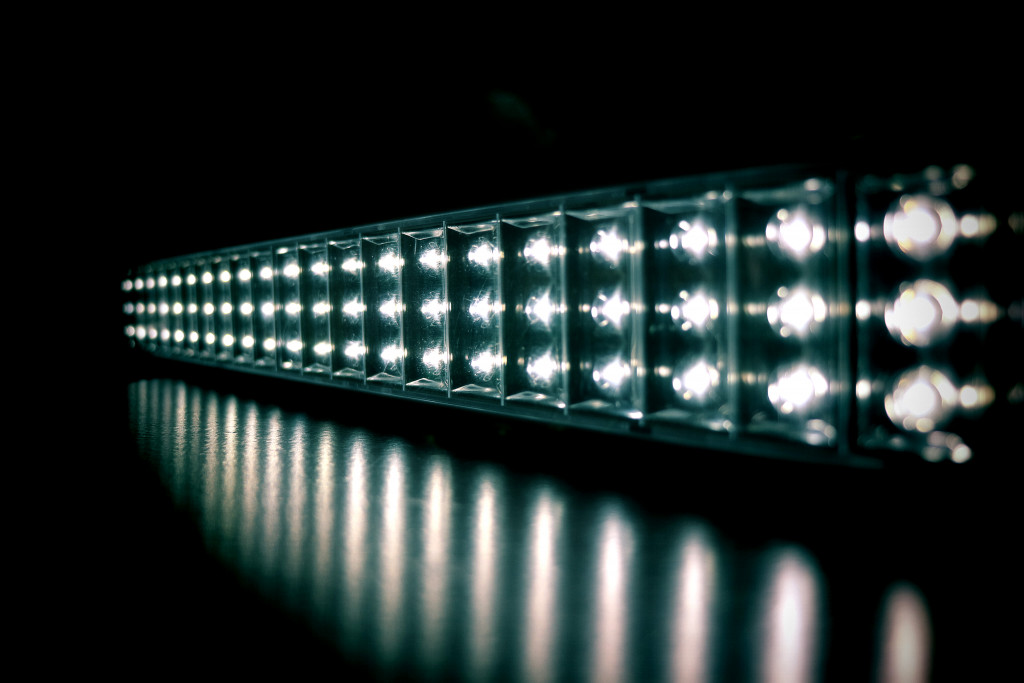Architecture, interior design, and electrical engineering are just a few fields that include lighting design as a subspecialty. Electrical engineers have long served as lighting designers, as shown by the decades of practice. At the time, most commercial lighting applications used 2, 3, or 4-foot tubes arranged in a grid to provide enough illumination.
However, things have evolved. Interior designers have a particular vision for a space. Architects frequently want to be engaged with selecting lighting fixtures and the use of natural light from windows to help them achieve their vision for a room. Here are some noteworthy developments:
Lighting Controls: Ignoring the “Why”
Lighting control systems have become highly complex in recent years and are often used in projects. However, these control systems are often too complicated for end-users, and if the controls have never been adequately commissioned, they can be completely worthless. Lighting controls can increase the complexity and expense of a project without adding any value.
Designers of lighting systems must guide their customers through the early project discussions regarding their actual lighting requirements, the advantages of lighting control systems, and the effects on the end user’s experience. There must be commissioning of lighting control systems to fulfill the lighting intended purpose, which is based on the users’ requirements. If lighting control systems are integrated into the plan, they must be commissioned. Newer energy conservation regulations are pushing this trend in a more restricted direction, necessitating the use of a product that doesn’t even exist yet as a result.
The Push Towards Single-source Lighting
Lighting controls are typically made by the same companies who provide lights fixtures, so if you want to use their lighting, you’re stuck with their rules. As a result of manufacturers’ efforts to create closed systems, lighting designers have fewer choices, and owners and end-users suffer. A lighting fixture from one manufacturer and a control system from another isn’t an option in many situations (or at least difficult).

Some technological fields have adopted this closed ecosystem strategy, but it penalizes customers and restricts innovation. Many of what seems to be excellent lighting choices aren’t due to the ecosystem’s constraints. However, there are a few smaller lighting fixture manufacturers whose products “play well” with the central lighting control firms, possibly pushing lighting designers to these smaller manufacturers to improve creative flexibility.
There is a place for occupancy and vacant sensors in some fixtures, but are they necessary in all cases? – Obligation or vacancy sensors are frequently mandated by code and have a solid basis in sound sustainable design principles. Even yet, adding a sensor to every light bulb isn’t practical. For the most part, the added value isn’t there yet.
This method also reduces a lighting fixture’s visual appeal. The most common defense is that it is less costly because of the added expense of installing it. HVAC system advantages are touted, although designers of HVAC systems don’t always need or desire them. This idea will eventually find a home, but it isn’t required in more than 90% of projects right now.
Looking for Problems to Solve Instead of Solutions
Several lighting producers are working on solutions that don’t make sense to address issues that don’t exist. Because control systems are becoming more complicated for end-users, architects and builders are designing and constructing buildings with sophisticated lighting controls, yet these controls are seldom utilized. In the end, this costs the business owner more money upfront for equipment that is never used.
Manufacturers, designers, and installers in the lighting business should make things easier for customers, not more difficult. Pushing the boundaries of innovation is critical to the development of tomorrow’s technologies. With an eye on the long term, a lighting designer’s duty includes ensuring that the system is “Right Sized.” We must provide real value to the residents, not simply cutting-edge technology.
Because there are so many choices and a growing understanding of how specialized lighting design is becoming, it’s an exciting time to work in the field. The problem is that many customers are unaware of how complex lighting design has evolved due to recent technological advancements and, as a result, do not employ lighting experts. This technique might or might not be appropriate depending on the planned usage of the area.
In many instances, this results in spaces that don’t meet the owner’s (and architect’s) expectations and systems that are too complex for the average user, resulting in higher initial expenditures and long-term expenses. Too many individuals engaged in lighting planning and design are also stuck in the past, using outdated methods and techniques from “five years ago.”




